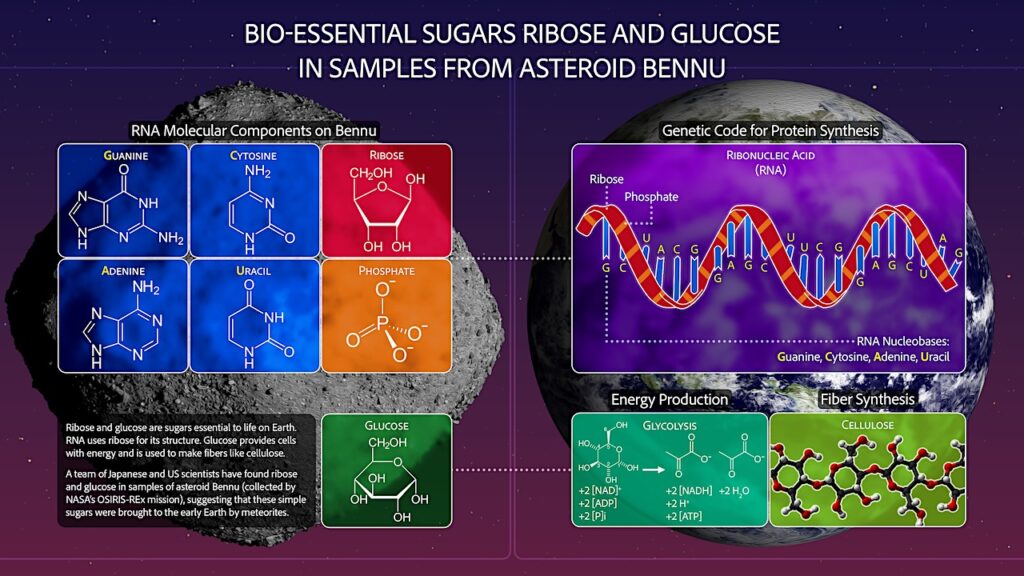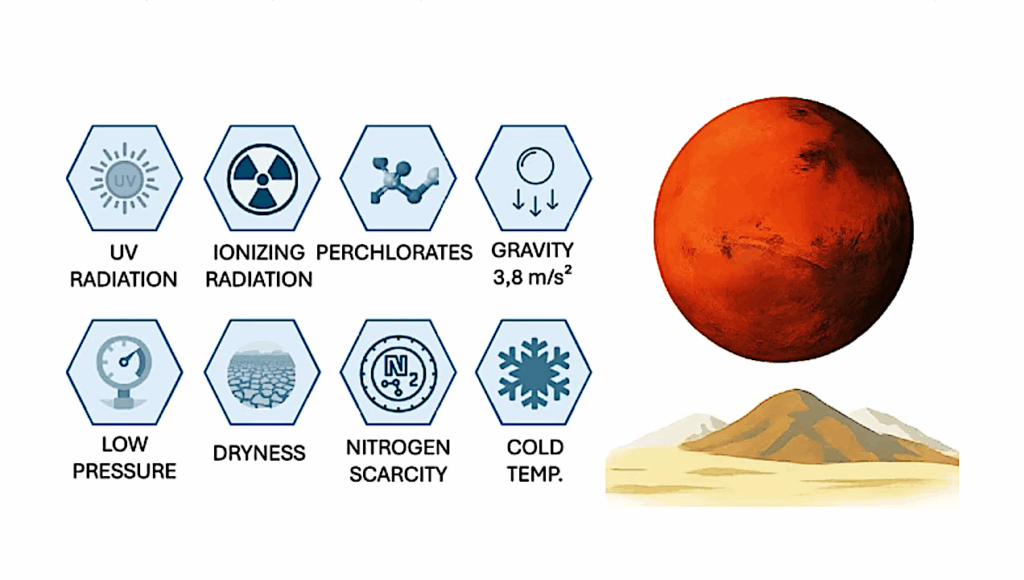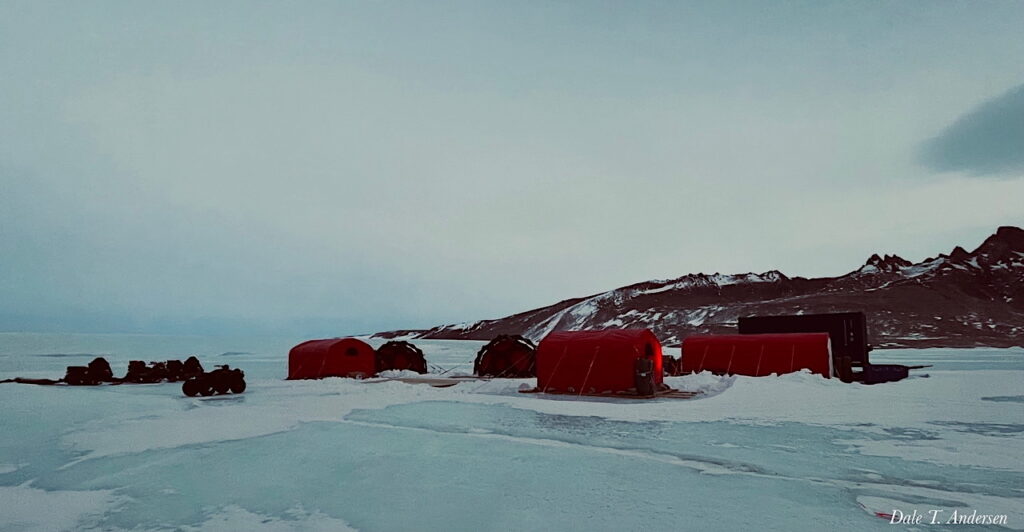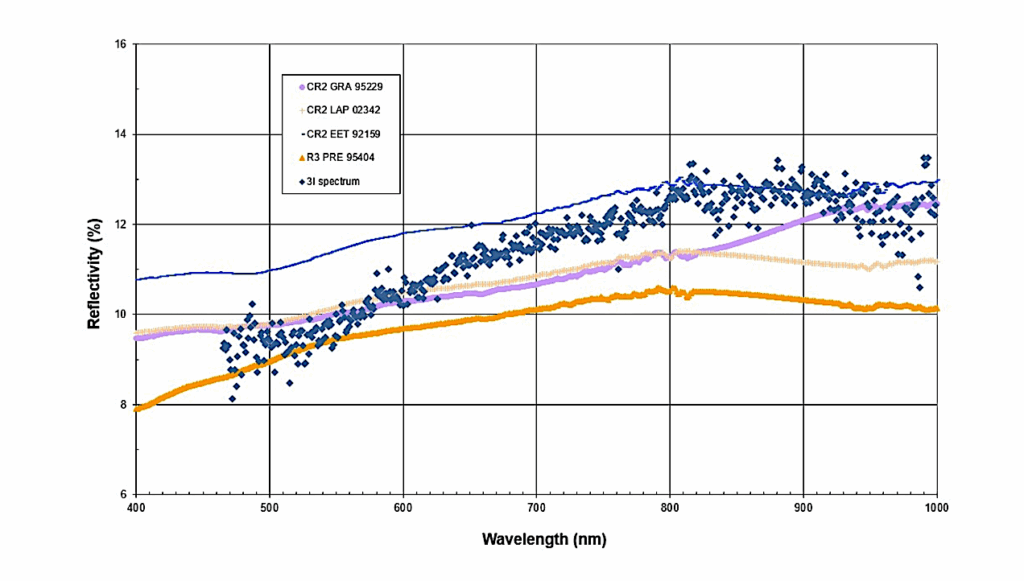Early Earth Air Quality: Code Orange
About two and a half billion years ago, Earth might have been confused for Titan. New research suggests that our planet had the same hazy, methane-rich atmosphere as Saturn’s largest moon, Titan.
For the first third of the history of life on Earth, the atmosphere was devoid of the oxygen we breathe, supporting a dramatically different chemistry. A new study from a group including memembers of NAI’s Virtual Planetary Laboratory Team suggests connections between Earth’s atmosphere and its biosphere that induced an orange, hydrocarbon haze that would have blocked incoming sunlight and cooled the planet.
The study, published in Nature Geoscience, provides analyses of 2.5 billion year old rock cores from South Africa that reveal a series of unique chemical signatures of atmospheric change. When these data are plugged into atmospheric models, it is revealed that early Earth oscillated between two atmospheric states: one with a thin, orange haze and the other without any haze.
The trigger for these events appears to be atmospheric changes in a potent greenhouse gas, methane. These high concentrations of methane, produced by biological activity, caused the haze and an “anti-greenhouse” effect. This is one of the earliest examples of the tight climatic coupling between Earth and its inhabitants.








